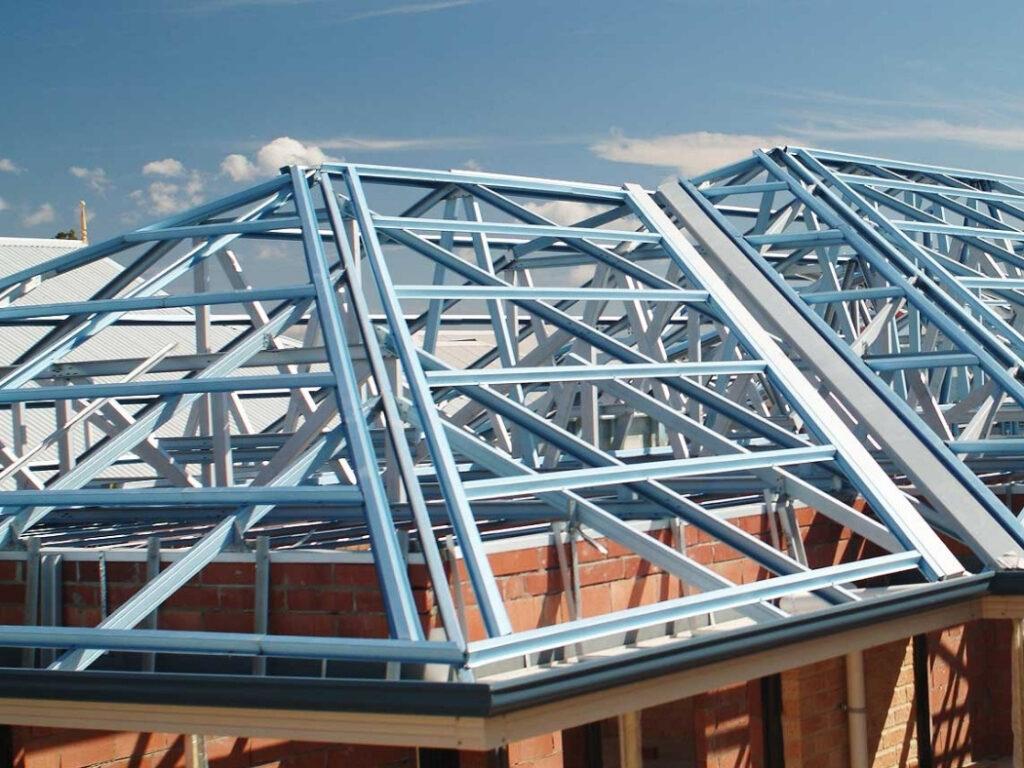profile roll forming machine
Understanding Profile Roll Forming Machines
Profile roll forming machines are specialized pieces of equipment used in the manufacturing process to create various shapes and profiles from metal. These machines are pivotal in industries ranging from construction to automotive and appliance manufacturing, due to their ability to produce high volumes of uniform and precise profiles. This article will delve into the workings of profile roll forming machines, their applications, advantages, and the future of this technology.
The Process of Roll Forming
Roll forming is a continuous bending process in which metal strips are fed through a series of rolls that incrementally shape the material into the desired profile. The raw material, usually in the form of flat sheets or coils, is fed into the machine, where multiple pairs of rollers gradually deform the metal into the intended cross-section. This process can produce complex geometries, including angles, channels, and Z- or C-profiles.
The key to successful roll forming lies in the design of the rollers and the precision with which they are manufactured. Each set of rollers corresponds to a specific stage of the profile formation, and as the material passes through each pair of rollers, it becomes progressively shaped until it exits the machine as a finished product.
Applications of Profile Roll Forming Machines
Profile roll forming machines are incredibly versatile and can produce a vast array of products for various industries. Some common applications include
1. Construction Materials These machines are used to manufacture steel framing, roofing panels, floor decking, and many other structural components. Their ability to deliver rapid production at consistent quality makes them ideal for the construction sector.
2. Automotive Components The automotive industry utilizes roll forming for producing parts such as door frames, bumper reinforcements, and even intricate interior components. The high strength-to-weight ratio of roll-formed components is particularly beneficial in reducing vehicle weight while maintaining structural integrity.
3. Appliances Manufacturers of appliances like refrigerators, ovens, and washing machines use roll forming to create metal components that require both aesthetic appeal and functional strength.
4. Agricultural Equipment Many agricultural tools and machinery incorporate roll-formed components, which need to endure harsh operating conditions and provide durability.
profile roll forming machine

Advantages of Profile Roll Forming Machines
The use of profile roll forming machines offers several advantages
- Efficiency Once set up, roll forming can produce long lengths of material with minimal waste. This efficiency leads to lower production costs and higher profitability.
- Consistency Roll forming provides high uniformity and consistency in the produced profiles, which is crucial for industries where precision is key.
- Flexibility Modern roll forming machines can be quickly adjusted to accommodate different profiles and sizes, thus allowing manufacturers to respond swiftly to changing market demands.
- Strength The process can enhance the strength of the metal, making the finished product suitable for various applications requiring durability.
Challenges and Future Directions
Despite their many advantages, profile roll forming machines face certain challenges such as the initial capital investment and the need for skilled technicians to operate and maintain the machinery. The industry is also witnessing an increasing demand for customization and lower production runs, which poses a challenge for traditional roll forming processes.
However, advancements in technology are paving the way for the evolution of profile roll forming machines. The integration of automation and robotics has begun to transform the industry, enabling quicker changeovers and more intricate profile designs. Additionally, innovations in materials and computer-aided design software allow for greater flexibility and customization options in the production process.
Conclusion
Profile roll forming machines are a cornerstone of modern manufacturing, providing efficient, high-quality solutions for a multitude of industries. As technology continues to advance, the capabilities of these machines will likely expand, leading to even more innovative applications and processes. The future of profile roll forming looks promising, with ongoing improvements promising to meet the demands of a rapidly evolving market.
-
Roof Panel Machines: Buying Guide, Types, and PricingNewsJul.04, 2025
-
Purlin Machines: Types, Features, and Pricing GuideNewsJul.04, 2025
-
Metal Embossing Machines: Types, Applications, and Buying GuideNewsJul.04, 2025
-
Gutter Machines: Features, Types, and Cost BreakdownNewsJul.04, 2025
-
Cut to Length Line: Overview, Equipment, and Buying GuideNewsJul.04, 2025
-
Auto Stacker: Features, Applications, and Cost BreakdownNewsJul.04, 2025
-
Top Drywall Profile Machine Models for SaleNewsJun.05, 2025








